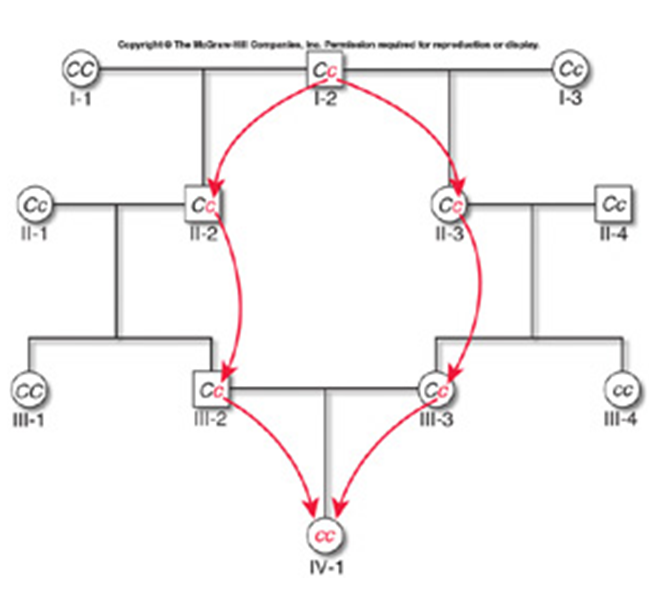Inbreeding increases the likelyhood that an individual will become homozygous for any given gene. Inbreeding may have negative consequences with regard to recessive alleles. The diagram above shows inbreeding between _________ which could lower the fitness of the homozygote. This lowering of fitness because of inbreeding is called __________.

A. siblings; inbreeding depression.
B. cousins; inbreeding depression.
C. siblings; puma concolor cory.
D. cousins; genetic drift.
E. siblings; sexual selection.
B. cousins; inbreeding depression
You might also like to view...
Sponges move huge volumes of water through their bodies every day
Although this serves the function of filter feeding for the organism, how might this also provide an "ecosystem" service (something that affects and/or benefits other organisms in their environment)? A. They can filter small poisonous fish out of the water that may harm other organisms. B. They create small currents in their microenvironment that help to circulate and clean water locally for other organisms. C. They produce large numbers of gametes that will become food for other sponges.d. Their body chambers serve as places where smaller organisms can live and be protected from certain predators.
Teeth aren’t exactly bones, but they’re made up of similar tissues and are subject to the same problems bones may have. In what way(s) do you predict the disease rickets might affect teeth?
_____ Periodontal disease: Redness and swelling elicited by bacterial infection of the gums. _____ Delayed formation: The baby teeth may not erupt until after one year. When they erupt, they may be smaller than normal. _____ Increased likelihood of cavities: Low vitamin C status prevents sufficient mineralization, allowing infection to establish on the teeth. _____ Canker sores: Painful mouth sores associated with bacteria and/or viruses.
Although the exact microbial composition varied among individuals, the HMP found that the collection of _______ made by the normal biota was very stable
Fill in the blank(s) with the appropriate word(s).
The cells of reef-building corals are inhabited by symbiotic species of
A) algae. B) fungi. C) bacteria. D) cyanobacteria.